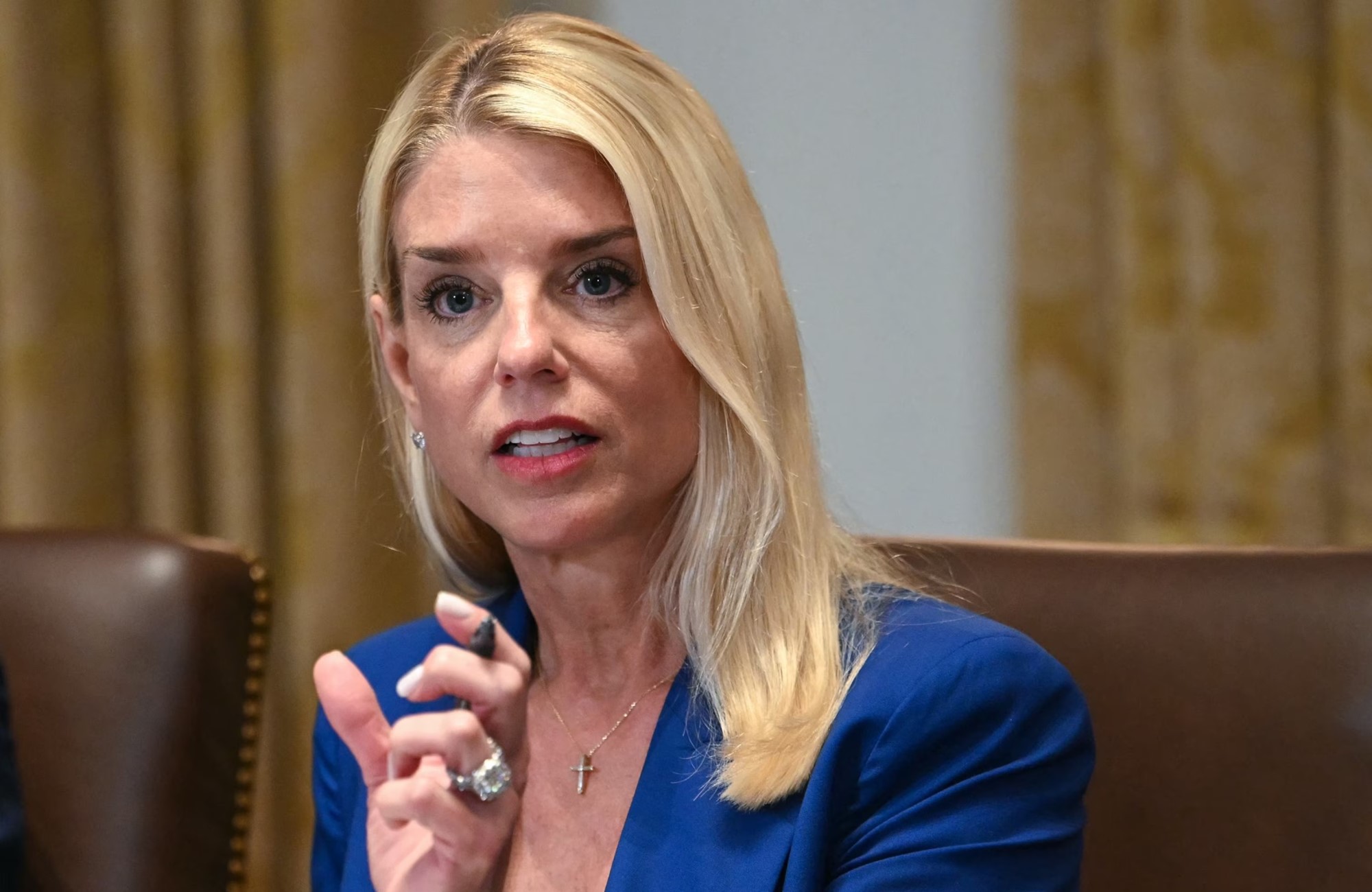A routine immigration enforcement operation at a Southern California medical facility has escalated into federal criminal charges, spotlighting the growing tensions between healthcare workers and immigration authorities. Two medical employees now face serious federal charges that could result in years behind bars, following what prosecutors describe as a violent confrontation that was captured on video and has since ignited debates about sanctuary policies, professional obligations, and the limits of civil resistance.
The case has drawn attention from immigration advocates, law enforcement officials, and medical professionals nationwide, as it raises fundamental questions about the role of healthcare workers when immigration enforcement enters their workplace. The incident, which unfolded in broad daylight at an Ontario surgery center, has become a flashpoint in the ongoing national debate over immigration enforcement tactics and the responsibilities of civilians who witness what they perceive as government overreach.
The Charges and the Defendants
Jose de Jesus Ortega, 38, of Highland, and Danielle Nadine Davila, 33, of Corona, were formally indicted by a federal grand jury on August 27 on felony charges of assaulting, resisting, and impeding a federal officer. Both defendants, who were employed at the Ontario surgery center and were wearing medical scrubs during the incident, are scheduled to stand trial on October 6.
The charges carry significant weight in the federal justice system. If convicted, each defendant faces a maximum sentence of up to eight years in federal prison—a stark reminder of the serious consequences that can result from interfering with federal law enforcement operations, regardless of the underlying motivations.
The indictment represents more than just criminal charges against two individuals; it serves as a test case for how the justice system will handle civilian resistance to immigration enforcement in professional healthcare settings. Legal experts note that the case could set important precedents for similar situations nationwide, particularly as immigration enforcement operations increasingly intersect with civilian workplaces and community spaces.
The Incident: A Detailed Account
The confrontation that led to these federal charges began on July 8, when two Immigration and Customs Enforcement (ICE) officers initiated what the Department of Justice describes as “roving immigration operations” in Ontario, California. The officers, identifiable by their law enforcement vests and operating from an unmarked government vehicle, were conducting targeted enforcement activities in the area.
According to court documents and Justice Department reports, the situation escalated quickly when the officers began pursuing three men traveling in a truck. Video evidence from the scene shows one of the ICE officers wearing a black face covering, a detail that has drawn scrutiny from civil rights advocates who question the appropriateness of masked federal agents conducting immigration enforcement in civilian areas.
The pursuit took a dramatic turn when the truck carrying the three men made a sudden maneuver into the parking lot of the Ontario surgery center. The decision to enter the medical facility’s parking lot would prove to be a pivotal moment that transformed a routine immigration operation into a complex confrontation involving medical professionals, federal agents, and questions about sanctuary and professional obligations.
As the truck came to a stop in the surgery center’s parking lot, all three occupants quickly exited the vehicle. Two of the men immediately fled the scene, but the third—later identified by the Justice Department as a Honduran national who was in the United States without legal authorization—became the focus of the officers’ attention.
The Confrontation Unfolds
What happened next, according to federal prosecutors, was a series of events that would ultimately result in criminal charges against the two medical workers. The Honduran man was “partially detained” near the surgery center’s front entrance, but the situation quickly became chaotic. Court documents describe how the man “resisted and pulled away, causing both him and the ICE officer to fall to the ground.”
This physical struggle near the medical facility’s entrance apparently drew the attention of staff members inside the surgery center. The sight of what appeared to be a violent confrontation at their workplace prompted several employees to intervene, though their actions would later be characterized by federal prosecutors as criminal obstruction.
A medical staff member assisted the Honduran man to his feet and pulled him away from the ICE officer, allowing the man to flee into the surgery center itself. The pursuing ICE officer followed the man into the medical facility, where he eventually managed to apprehend him again. However, this pursuit into the surgery center would trigger the confrontation that forms the basis of the federal charges.
Ortega and Davila, both dressed in medical scrubs and clearly identifiable as healthcare workers, became directly involved in what prosecutors describe as impeding and interfering with the arrest. Video evidence of the incident, which has been referenced in court documents, shows Davila placing herself physically between the ICE officer and the detained man.
The video footage reportedly captures Davila pushing the ICE officer while shouting demands that he release the detained man and leave the premises. Her actions, which prosecutors characterize as assault on a federal officer, included both physical contact with the agent and vocal commands for him to “Let him go!” and “Get out!”
Ortega’s involvement, according to the Justice Department, included “grabbing the officer’s arm and then his vest”—actions that prosecutors argue constituted physical interference with a federal law enforcement operation. These physical contacts form the basis of the assault charges against both defendants.
Backup Arrives and Resolution
As the confrontation intensified, the ICE officer on scene radioed for backup assistance. When the second officer arrived at the surgery center, he reportedly found multiple staff members restraining the first officer—a scene that prosecutors argue demonstrates the extent of the interference with the federal operation.
Despite the resistance from the medical staff, the two ICE officers were ultimately able to gain control of the situation. They successfully detained and handcuffed the Honduran man before escorting him from the surgery center, completing the arrest that had been complicated by the intervention of the medical workers.
The resolution of the immediate incident, however, was only the beginning of a legal process that would eventually result in federal criminal charges against the two medical employees who had attempted to intervene.
Defendants’ Perspective and Legal Defense
At a news conference held after their arrests, Ortega provided insight into the medical staff’s perspective on the incident. He explained that employees at the surgery center had been instructed to request proper identification and warrants before allowing law enforcement officers into the facility—a policy that appears to reflect broader sanctuary-style protections that some healthcare facilities have adopted.
This explanation suggests that the medical workers may have viewed their actions not as obstruction of justice, but as following established protocols designed to protect patients and ensure that law enforcement operations within healthcare facilities are conducted with proper legal authority. The defense raises important questions about the intersection of workplace policies, professional obligations, and federal law enforcement operations.
The Broader Immigration Context
The incident at the Ontario surgery center occurs within a broader context of intensified immigration enforcement and growing tensions between federal authorities and local communities. The case of the detained Honduran man illustrates the complex journey that many individuals face within the immigration system.
According to ABC7 reporting, after his arrest by ICE agents, the man was transferred to the Adelanto detention facility. Ultimately, he chose to self-deport rather than continue fighting his case through the immigration courts—a decision that reflects the challenging circumstances many detained immigrants face when weighing their limited options.
This outcome highlights the human dimension of immigration enforcement operations and the difficult choices faced by individuals caught in the system, regardless of the circumstances of their detention.
Supreme Court Developments
The timing of this case coincides with significant developments in immigration law at the highest levels of the federal judiciary. In a notable decision that has surprised some legal observers, Supreme Court Justice Elena Kagan recently sided with the Trump administration in a deportation case, demonstrating that immigration enforcement can transcend traditional ideological boundaries.
Justice Kagan denied a request from four Mexican nationals—Fabian Lagunas Espinoza, Maria Angelica Flores Ulloa, and their two sons—who sought to block their deportation orders while filing an appeal. The family’s case presented compelling circumstances, as they had fled Guerrero, Mexico, in 2021 after receiving death threats from the Los Rojos drug cartel.
According to court filings, cartel members had demanded that the family vacate their home within 24 hours or face execution. The family also presented evidence of violence against other family members as part of their appeal for protection. Despite this testimony and documentary evidence, their case was denied by an immigration judge, with the Board of Immigration Appeals affirming the decision in November 2023 and the Ninth Circuit Court of Appeals validating it in February 2025.
The family’s attorney, LeRoy George, argued in his petition to the Supreme Court that his clients faced “imminent removal” despite presenting “credible and detailed testimony and documentary evidence showing they are targets of cartel violence due to their family ties and refusal to comply with extortion demands.”
Justice Kagan’s decision to deny the appeal without comment, rather than referring the case to the full Supreme Court, reflects the challenging legal landscape that immigrants face even when presenting evidence of potential persecution.
Implications and Looking Forward
The federal prosecution of Ortega and Davila represents more than an isolated incident—it serves as a crucial test case for how the justice system will handle civilian resistance to immigration enforcement operations. The outcome of their October 6 trial will likely influence how healthcare workers, and civilians more broadly, respond to similar situations in the future.
The case raises fundamental questions about professional obligations, civil resistance, and the limits of federal authority in healthcare settings. For medical professionals nationwide, the prosecution serves as a stark reminder of the potential legal consequences of interfering with federal law enforcement operations, regardless of personal convictions or institutional policies.
As immigration enforcement continues to intersect with civilian spaces and professional environments, cases like this one will likely become more common. The resolution of the charges against Ortega and Davila may establish important precedents for how such confrontations are handled both legally and practically.
The broader implications extend beyond individual cases to questions about sanctuary policies, the role of healthcare facilities in immigration enforcement, and the balance between professional obligations and federal law. As the trial approaches, legal observers, immigration advocates, and law enforcement officials will be watching closely to see how these competing interests are ultimately resolved in the federal courthouse.

Adrian Hawthorne is a celebrated author and dedicated archivist who finds inspiration in the hidden stories of the past. Educated at Oxford, he now works at the National Archives, where preserving history fuels his evocative writing. Balancing archival precision with creative storytelling, Adrian founded the Hawthorne Institute of Literary Arts to mentor emerging writers and honor the timeless art of narrative.
